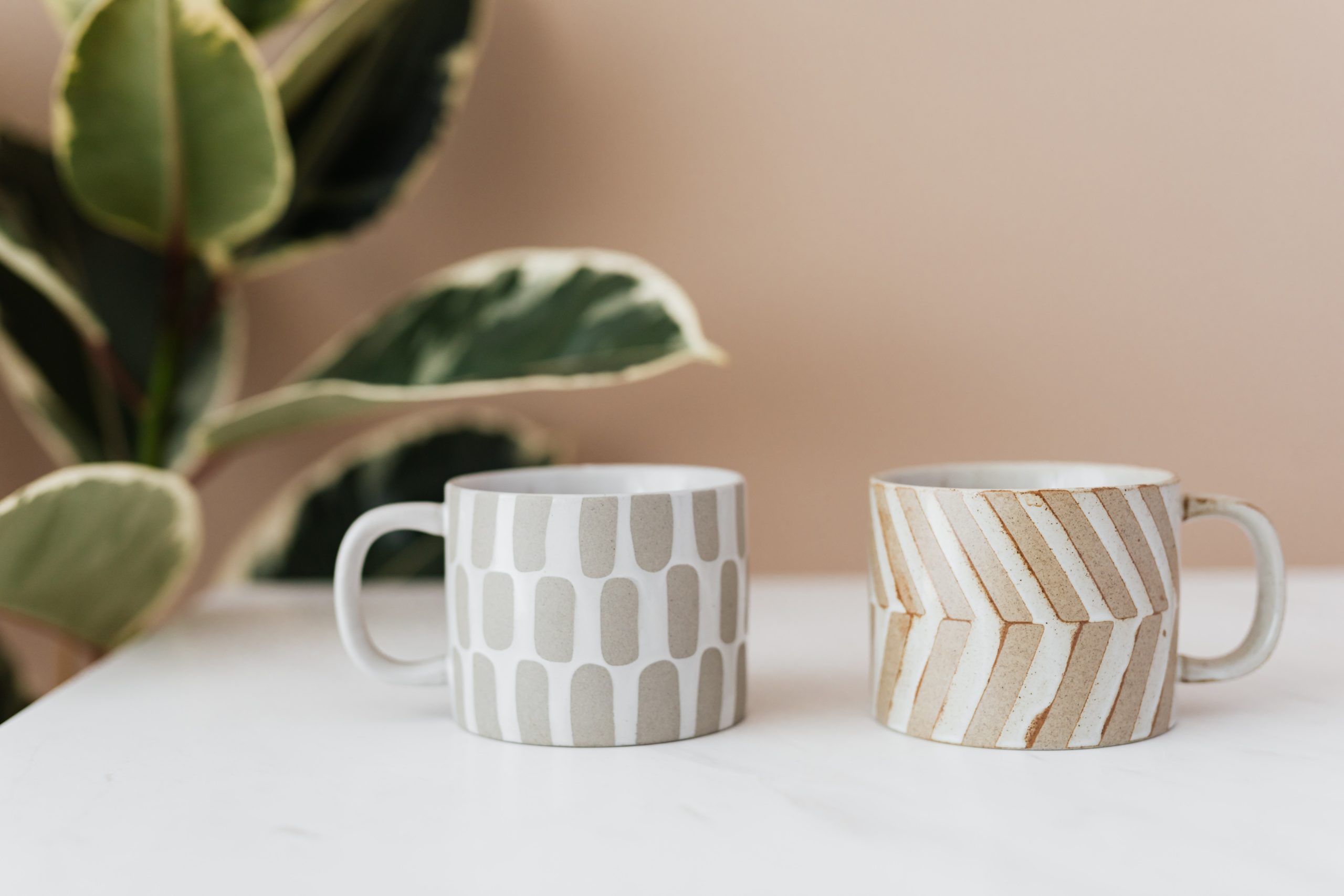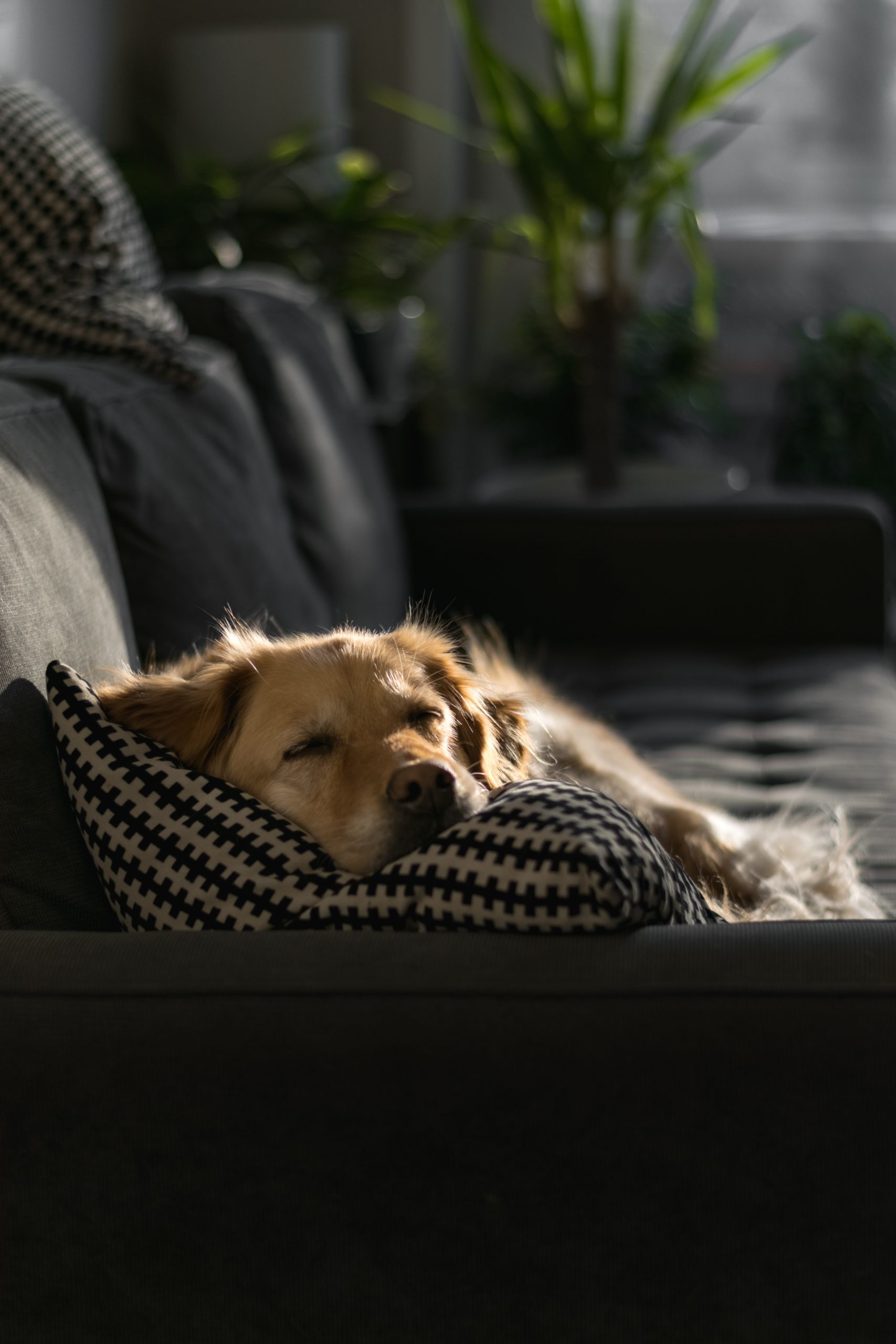Veterinary clinics are not just the place where we work. We study, eat, sleep and even have celebrations there. If your workplace is almost your home, the staff’s rest areas deserve to be treated with the same care we take at home: comfortable sofas, maybe a bright and pleasant dining room with relaxing colours, and so on. These “big little” details help the staff feel at home and boost their emotional wellbeing.
Even if you’re an outspoken fan of minimalist decoration, you probably have a comfy sofa and blanket waiting for you after work. Your house is the spot where you feel safe, surrounded by your books and your music. It’s your space of well-being and cosiness. It’s nice to be at home, isn’t it?
At the beginning of this article, we said that clinics and hospitals are our home away from home. So wouldn’t it be a good idea to design their rest areas to help make endless hours we spend in the clinic studying, eating or even resting between shifts more pleasant?
The importance of the dining area: Are you conscious of how you eat?
As we have discussed in previous articles, small details can increase physical and emotional comfort and reduce stress among clinical staff. In this article we are going to deal with the two remaining physical senses: taste and touch.
Let’s start with taste and review how and where we eat when we’re working. The lunch break, which often happens when we are on the verge of starvation, is often used as a time to be preoccupied with everything but food. We interpret analytical results, write reports, take “urgent” calls, review cases shared with a colleague or have impromptu meetings. And sometimes we even eat standing up wherever we can squeeze in, shovelling food into our mouths.

The lunch break should be given the importance it deserves – a time to shut off from work and connect with our physiological needs. For the sake of our physical and mental health, it’s important to learn to take this time for ourselves and focus on the moment, savouring each mouthful, chewing well, and trying to shift our focus to something non-work-related.
If you are in charge of the centre, you can create a welcoming dining area, preferably with natural light and comfortable chairs and tables. A centerpiece can be set up with citrus and seasonal fruit, tea bags and good quality water, either flavoured or with lemon or cucumber slices to remind everyone to hydrate. How often do we forget to drink?
You can also organize regular team breakfasts before starting the workday. Gathering around a table to enjoy a healthy, tasty and nutritious breakfast will foster good relationships, cooperation and mutual trust.
Choose materials for the break area that are reminiscent of home

The materials we choose for the tables, chairs and even the sofa in the sitting area involve tactile as well as visual stimulation.
Touch is an extremely evocative sense and, of all the senses, the one most likely to arouse feelings of well-being and protection because it reminds us of home.
Pleasant upholstery and the earthy surfaces made of natural materials connect us with the atmosphere we experience in our homes, and with our physiology, which we associate with security, warmth and comfort.
How can you add comfort to the rest area?

Here are some simple and very easy to do ideas:
- Throw blankets and soft cushions for the sofa or armchair in the staff relaxation area.
- Textured ceramics for everyday cups and plates.
- A natural wood table with a bare grained, smooth surface for the study and dining area.
These improvements can also be applied in the meeting room to make it more comfortable.
In short, within the possibilities and characteristics of each centre, YES it’s possible to make plenty of small changes with an investment that’s not only economic but also one of sensitivity and awareness.
The well-being of the staff in veterinary centres will also have an impact on the patients and their owners, on the turnover of the employees and their associated costs and, in short, it reduces overall stress and, therefore, prevents burnout.
*This article was written with the expert guidance of Dr. Eva Piredda, former clinical veterinarian and current researcher on the spaces we inhabit and their relationship with Neuroscience and wellbeing (@vivolindo). If you’re interested in knowing more about her, discover her fascinating background in this interview.







